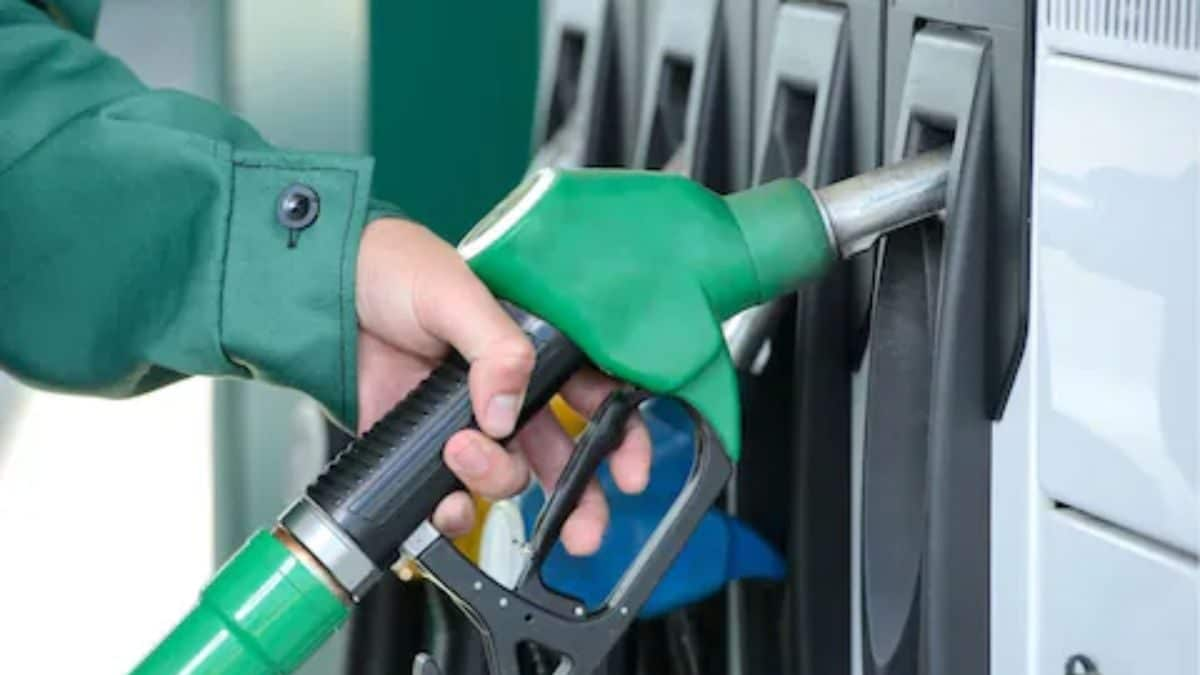Petrol and diesel prices are essential aspects of everyday life in India, influencing transportation costs and overall economic activity. Oil marketing companies (OMCs) play a crucial role in setting and communicating these prices, which fluctuate based on various factors. This article will delve into the dynamics of petrol and diesel pricing in India, exploring the factors that influence price changes and how consumers can stay informed about the latest rates.
The Daily Fluctuation of Petrol and Diesel Prices
Every day at 6 am, OMCs announce the latest prices for petrol and diesel across India. Despite the inherent volatility of these commodities, OMCs strive for consistency in their price announcements, ensuring consumers have access to up-to-date information. This daily update is crucial as it allows businesses and individuals to adjust their budgets and spending accordingly.
Responding to Market Volatility
OMCs make price adjustments in response to changes in the global crude oil market and fluctuations in foreign exchange rates. When the price of crude oil rises in the international market, the cost of producing petrol and diesel increases, ultimately leading to higher prices for consumers. Conversely, a decrease in crude oil prices translates into lower fuel prices.
The value of the Indian Rupee against the US dollar also plays a significant role. As India is a major importer of crude oil, a weaker rupee makes imported oil more expensive, thereby driving up petrol and diesel prices.
Key Factors Influencing Petrol and Diesel Prices in India
Several factors come into play when determining the final price of petrol and diesel. Understanding these factors helps consumers grasp the intricacies of fuel pricing and appreciate the complexities involved in setting these rates.
1. Crude Oil Prices: The Foundation of Fuel Costs
The most significant factor impacting petrol and diesel prices is the price of crude oil. Crude oil is the raw material used to produce these fuels, and its price fluctuates constantly based on global supply and demand dynamics. A spike in crude oil prices, often triggered by geopolitical events or global economic trends, directly translates into higher prices for petrol and diesel.
2. The Exchange Rate: Bridging the Currency Gap
As India imports a significant portion of its crude oil needs, the exchange rate between the Indian Rupee and the US Dollar exerts a significant influence on fuel prices. When the rupee weakens against the dollar, the cost of importing crude oil increases, putting upward pressure on petrol and diesel prices. Conversely, a strengthening rupee can lead to lower fuel costs.
3. Tax Implications: A Multi-layered System
Both the central and state governments levy various taxes on petrol and diesel, contributing significantly to the final prices consumers pay. These taxes include excise duty imposed by the central government and Value Added Tax (VAT) imposed by state governments. Tax rates can differ across states, leading to variations in petrol and diesel prices across different regions.
4. Refining Costs: The Transformation Process
Refining crude oil into petrol and diesel is a complex process that involves significant costs. These costs are influenced by factors like the type of crude oil used, the efficiency of the refineries, and operational expenses. Fluctuations in refining costs can also affect the final prices of petrol and diesel.
5. Demand Dynamics: Balancing Supply and Consumption
The demand for petrol and diesel can influence their prices. When demand increases, prices can rise due to a limited supply. However, increased demand can also lead to investment in fuel production, potentially resulting in a greater supply and more stable prices in the long run.
Staying Informed: Accessing Fuel Price Updates
Consumers have several options for accessing the latest petrol and diesel prices in their respective cities.
1. Online Resources: Convenient Access to Real-Time Information
Numerous websites and mobile applications provide real-time updates on petrol and diesel prices across India. These platforms allow consumers to compare prices in different cities, identify the cheapest options, and plan their fuel purchases accordingly.
2. SMS Updates: On-the-Go Information
Most OMCs offer SMS services to provide regular fuel price updates. By subscribing to these services, consumers can receive notifications directly on their mobile phones, ensuring they are always informed about the latest price changes.
3. Customer Care: Direct Contact for Specific Queries
If consumers have specific queries or need additional information about petrol and diesel prices, they can contact OMC customer care lines. These services are typically available 24/7, allowing consumers to receive personalized assistance and address any concerns they may have.
Takeaways: Understanding Fuel Price Dynamics
Petrol and diesel prices are subject to complex and dynamic influences. By understanding the factors that contribute to price fluctuations, consumers can become more informed about the factors that affect their daily lives. Accessing regular price updates through various channels helps make informed decisions and manage fuel expenses effectively.




